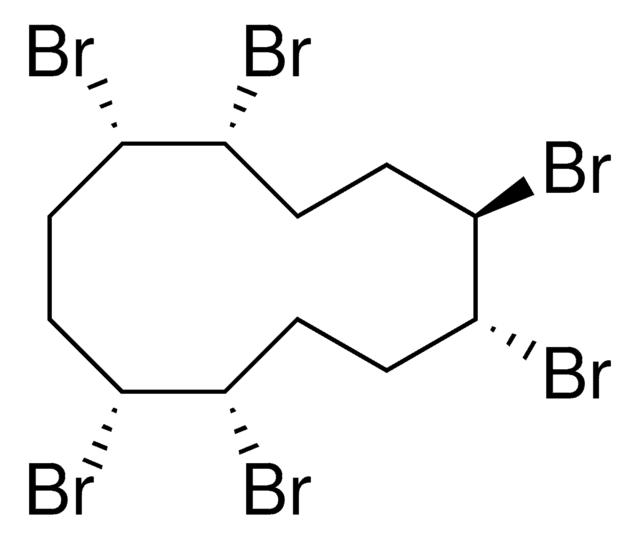Kluczowe dokumenty
01991
2-Oleoyl-1-palmitoyl-sn-glycero-3-phosphoethanolamine
≥95% (TLC)
Synonim(y):
1-Hexadecanoyl-2-(cis-9-octadecenoyl)-sn-glycero-3-phosphoethanolamine, 1-Palmitoyl-2-oleoyl-sn-glycero-3-phosphoethanolamine, 3-sn-Phosphatidylethanolamine, 2-Oleoyl-1-palmitoyl, L-β-Oleoyl-γ-palmitoyl-α-cephalin, POPE
About This Item
Polecane produkty
Poziom jakości
Próba
≥95% (TLC)
Formularz
solid
grupa funkcyjna
amine
typ lipidu
phosphoglycerides
temp. przechowywania
−20°C
ciąg SMILES
CCCCCCCCCCCCCCCC(=O)OCC(COP(O)(=O)OCCN)OC(=O)CCCCCCC\C=C\CCCCCCCC
CCCCCCCCCCCCCCCC(=O)OCC(COP(O)(=O)OCCN)OC(=O)CCCCCCC\C=C\CCCCCCCC
InChI
1S/C39H76NO8P/c1-3-5-7-9-11-13-15-17-18-20-22-24-26-28-30-32-39(42)48-37(36-47-49(43,44)46-34-33-40)35-45-38(41)31-29-27-25-23-21-19-16-14-12-10-8-6-4-2/h17-18,37H,3-16,19-36,40H2,1-2H3,(H,43,44)/b18-17+
Klucz InChI
FHQVHHIBKUMWTI-ISLYRVAYSA-N
Szukasz podobnych produktów? Odwiedź Przewodnik dotyczący porównywania produktów
Powiązane kategorie
Działania biochem./fizjol.
Kod klasy składowania
11 - Combustible Solids
Klasa zagrożenia wodnego (WGK)
WGK 3
Temperatura zapłonu (°F)
Not applicable
Temperatura zapłonu (°C)
Not applicable
Wybierz jedną z najnowszych wersji:
Masz już ten produkt?
Dokumenty związane z niedawno zakupionymi produktami zostały zamieszczone w Bibliotece dokumentów.
Klienci oglądali również te produkty
Nasz zespół naukowców ma doświadczenie we wszystkich obszarach badań, w tym w naukach przyrodniczych, materiałoznawstwie, syntezie chemicznej, chromatografii, analityce i wielu innych dziedzinach.
Skontaktuj się z zespołem ds. pomocy technicznej







